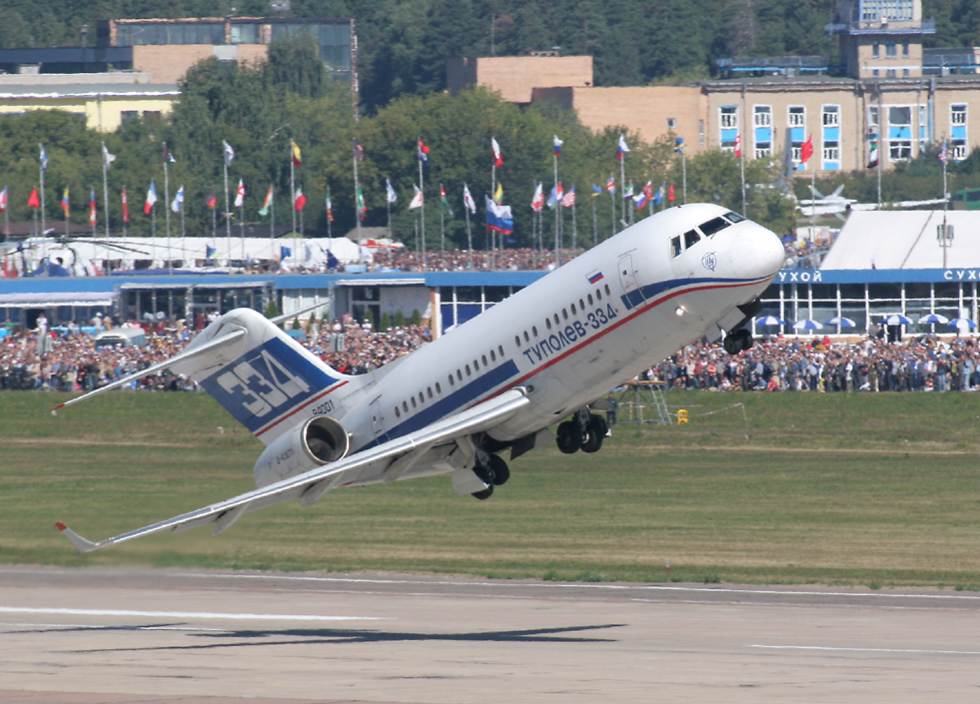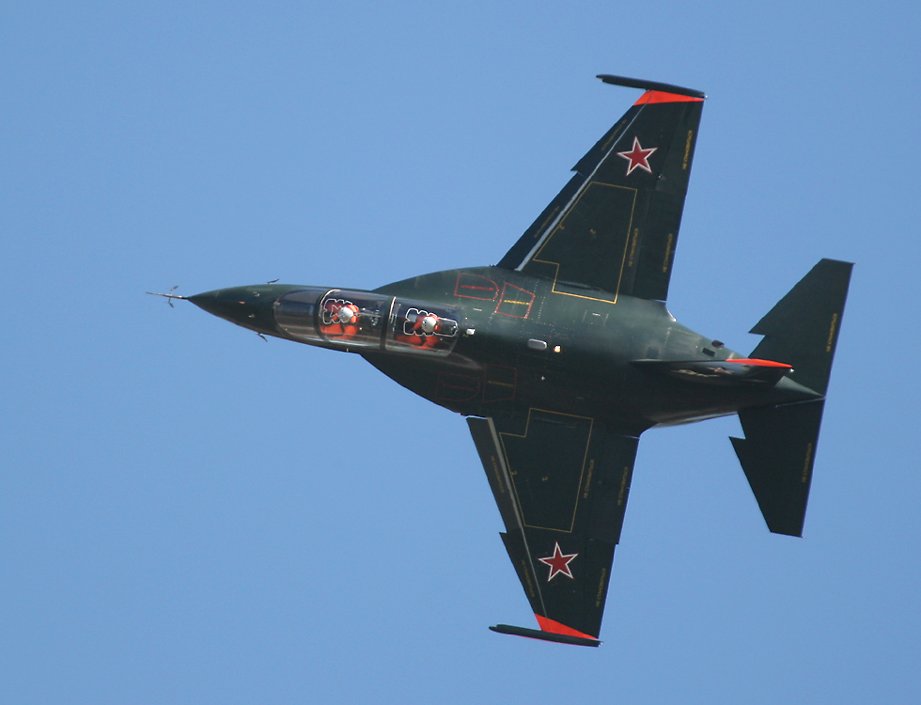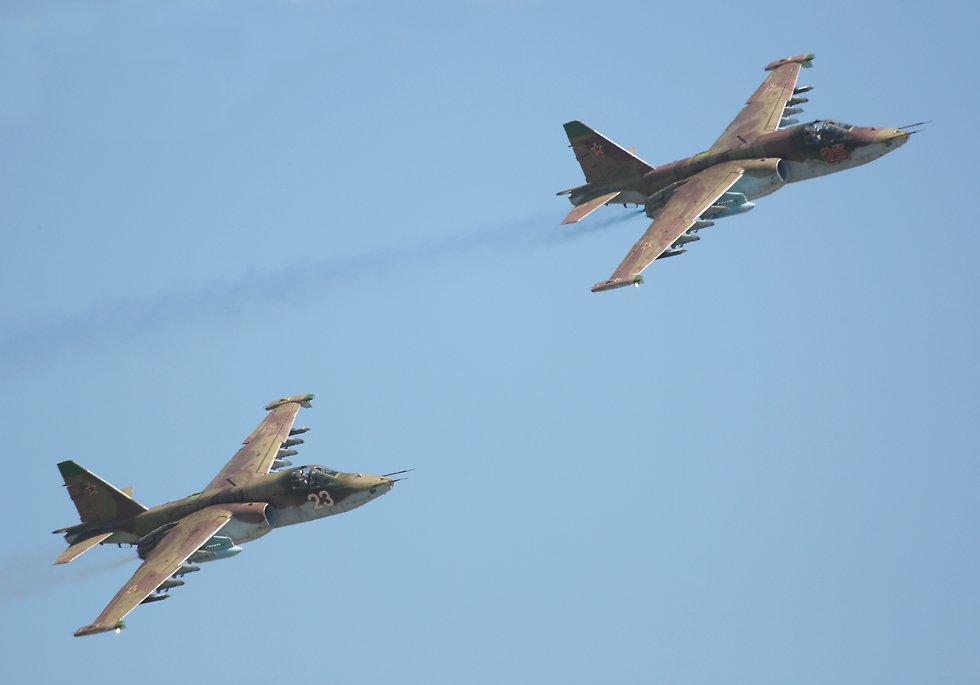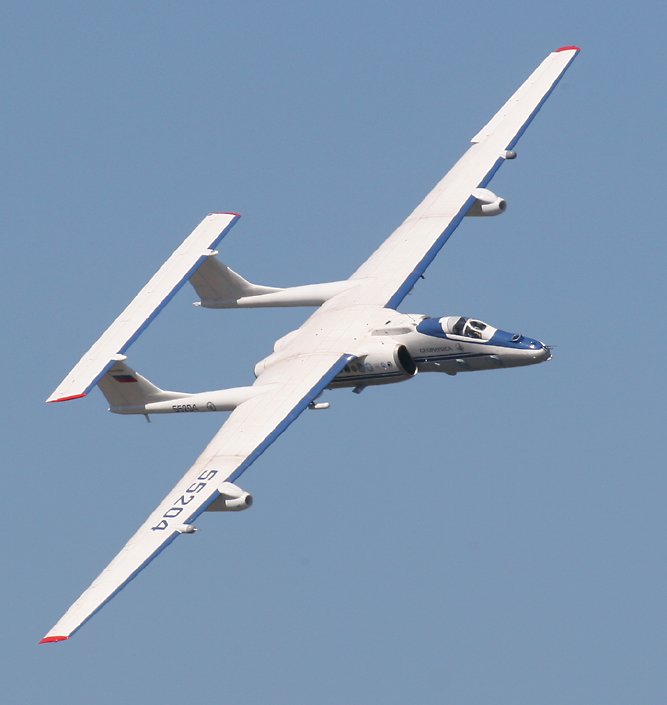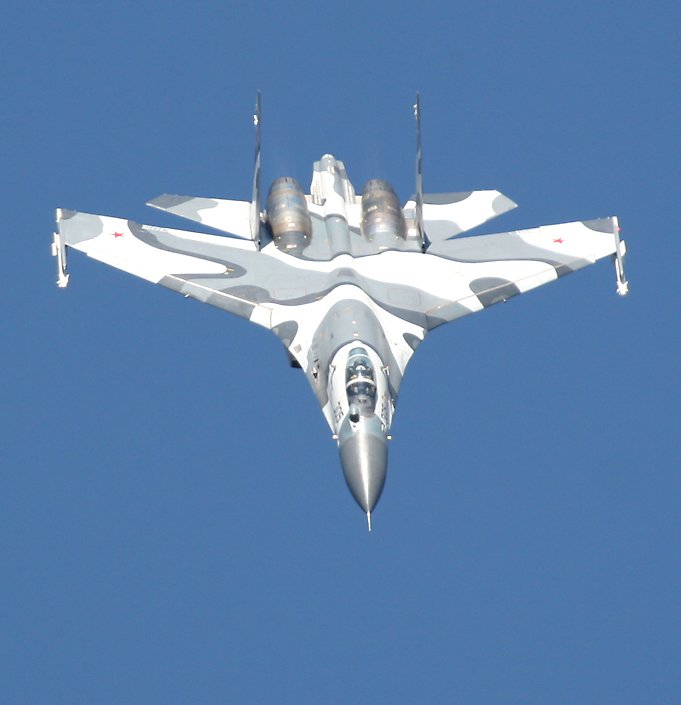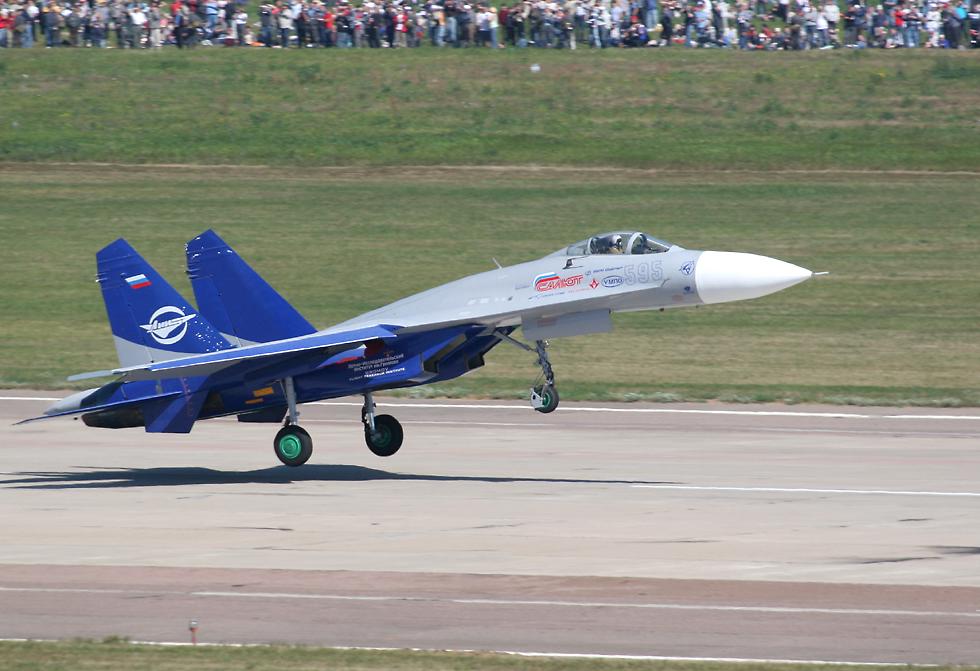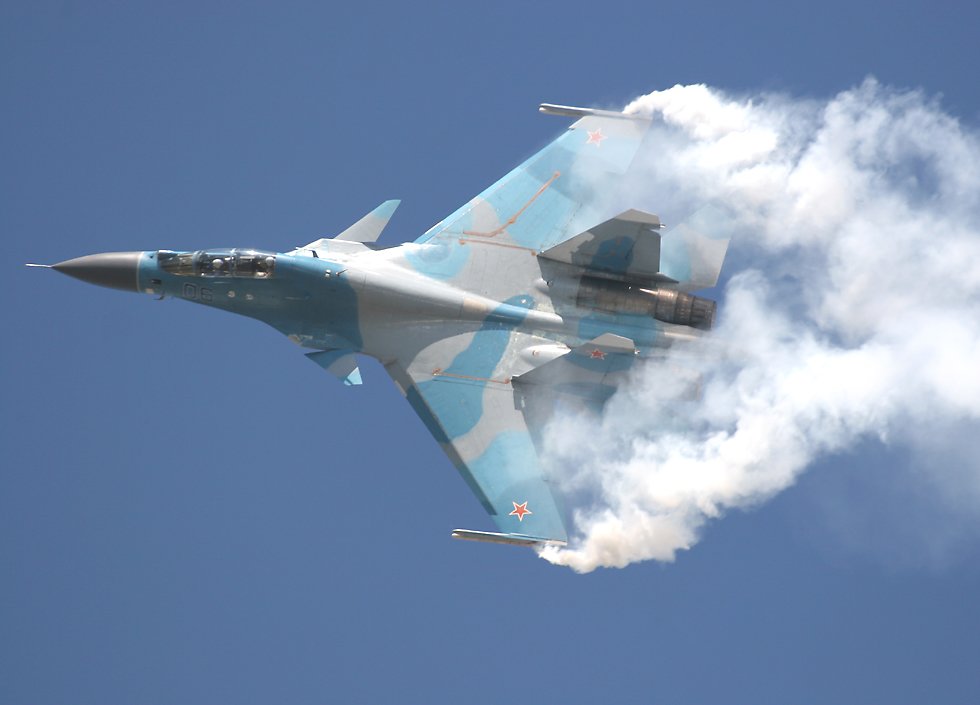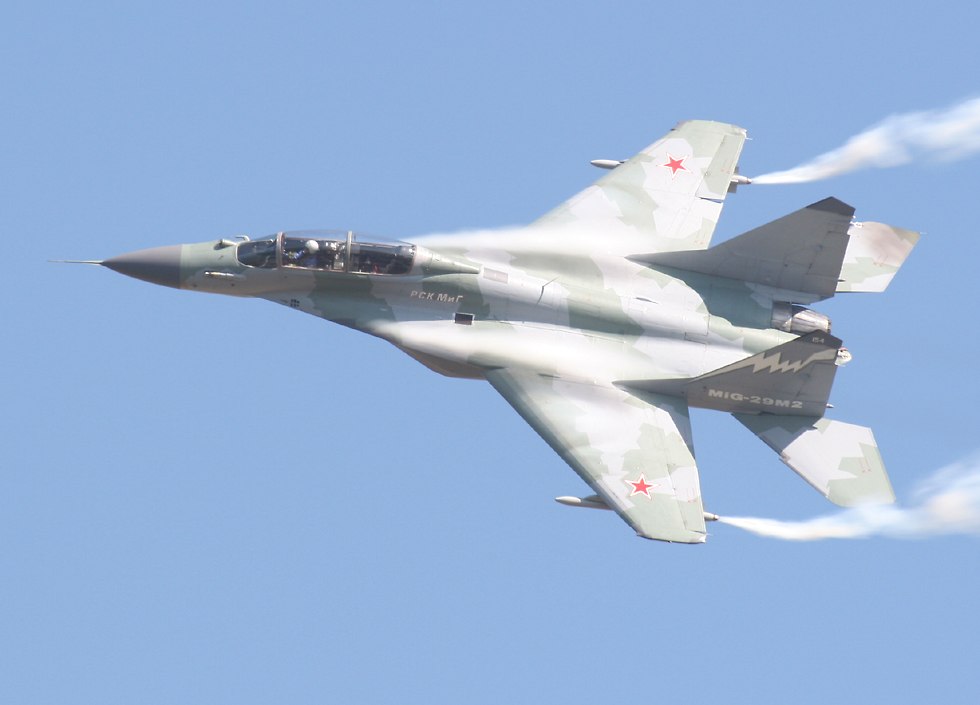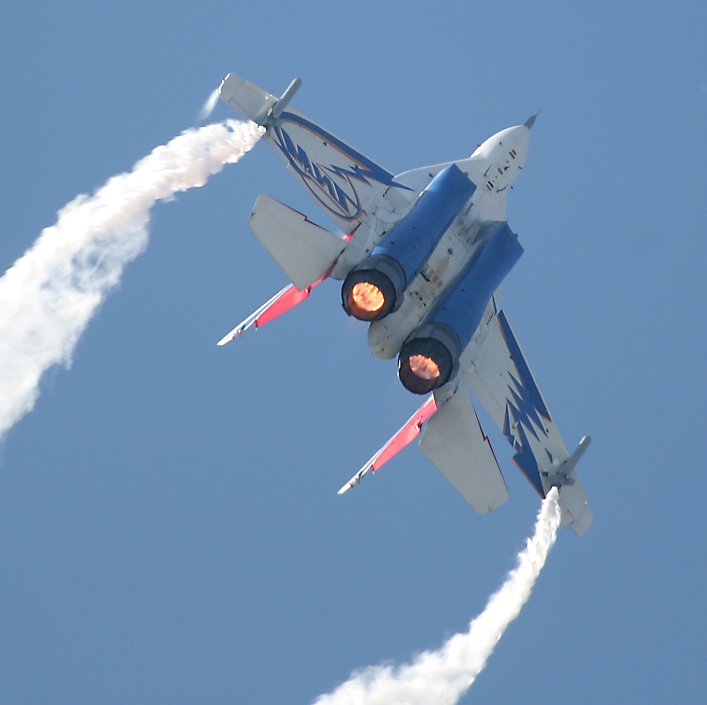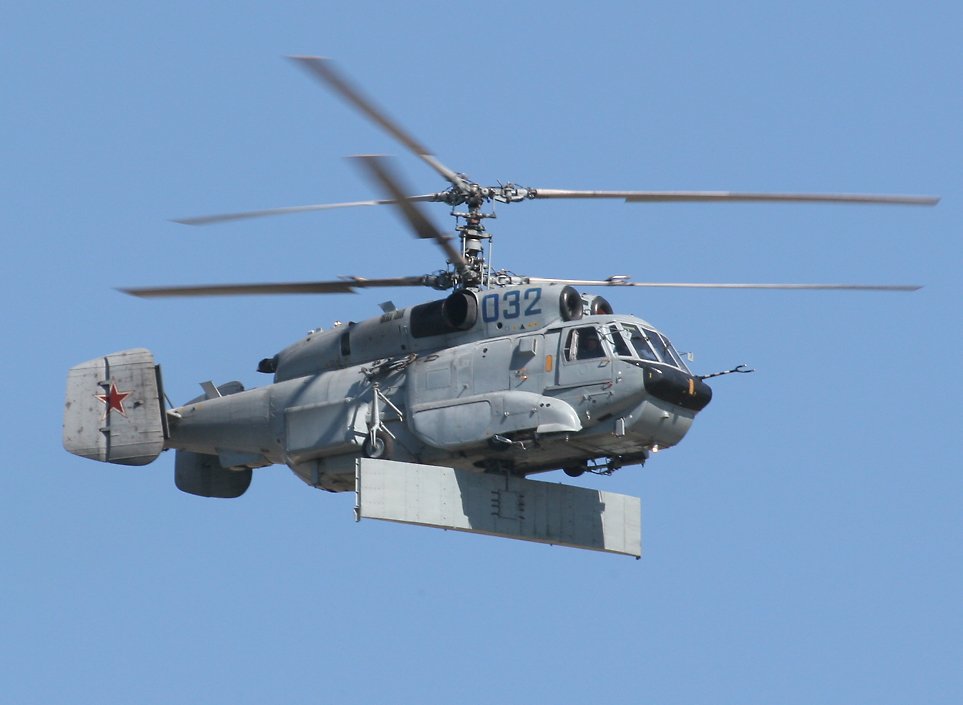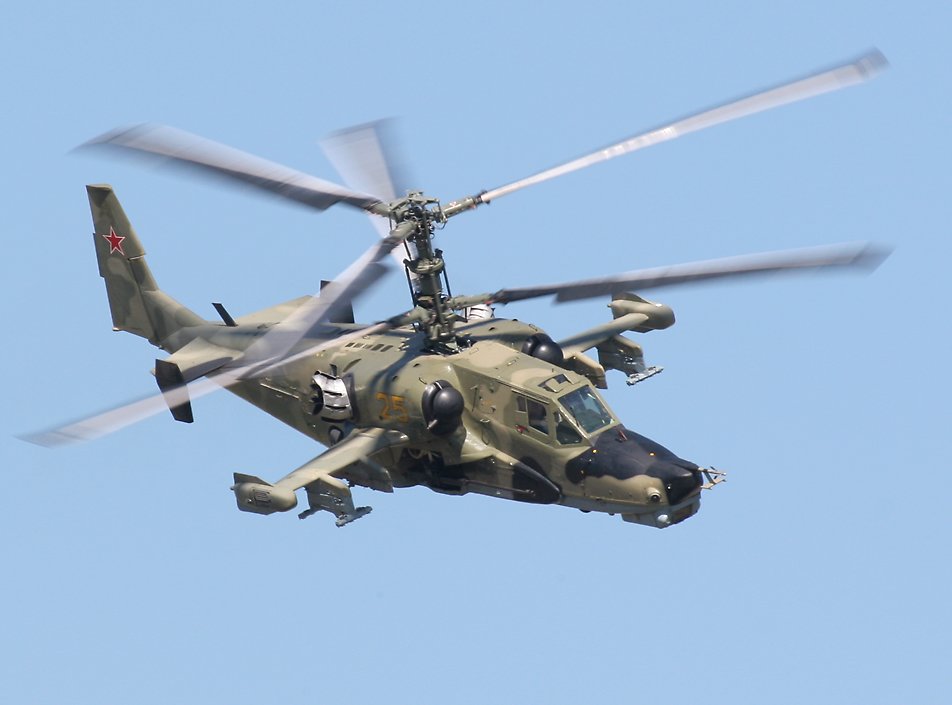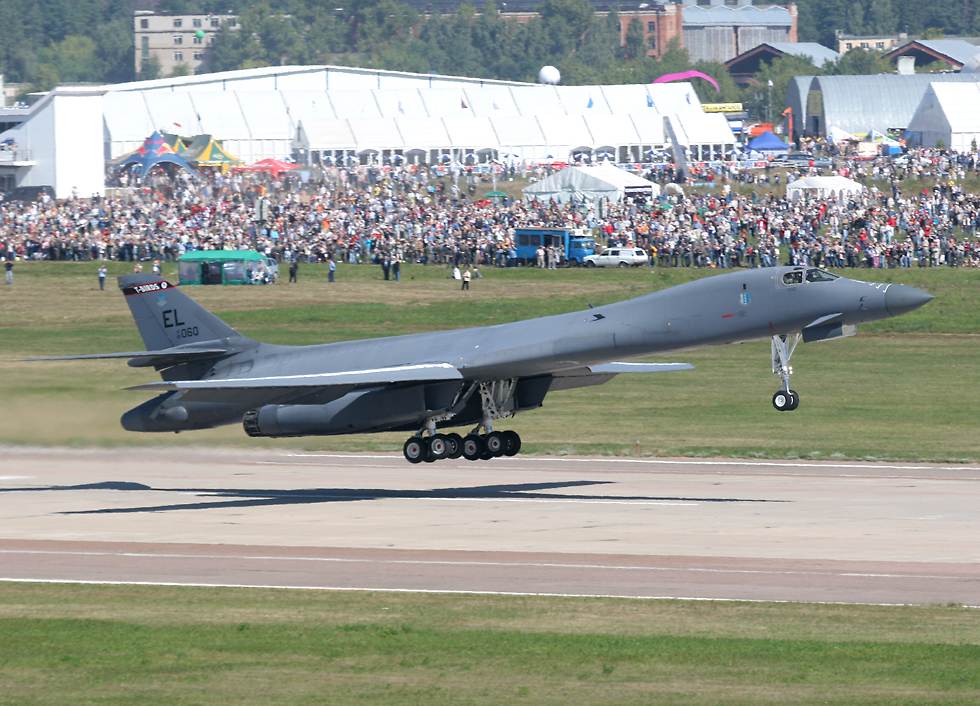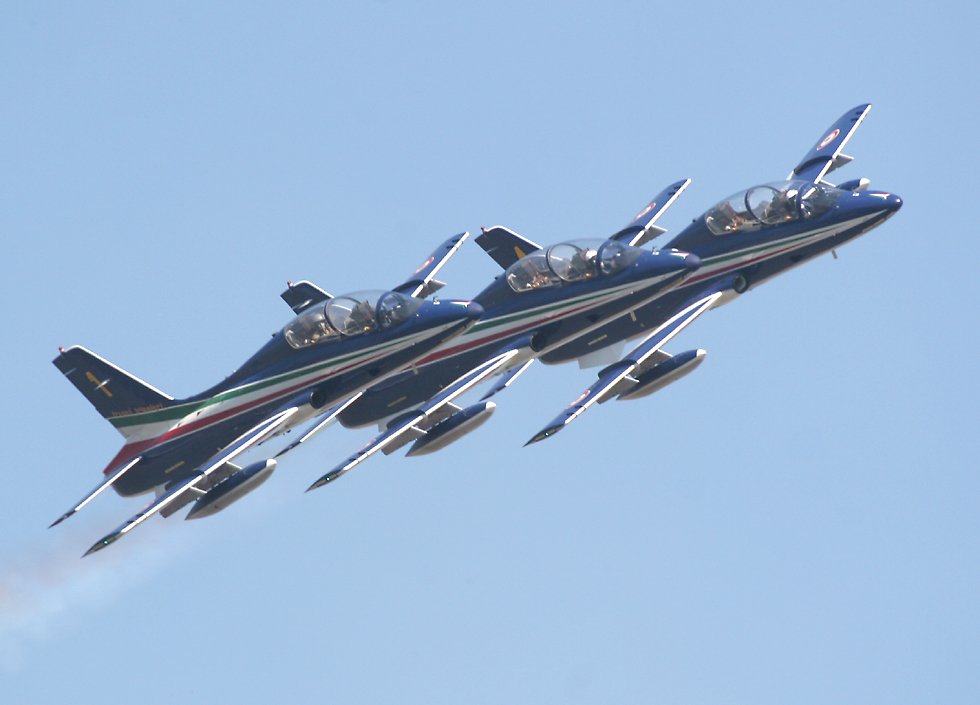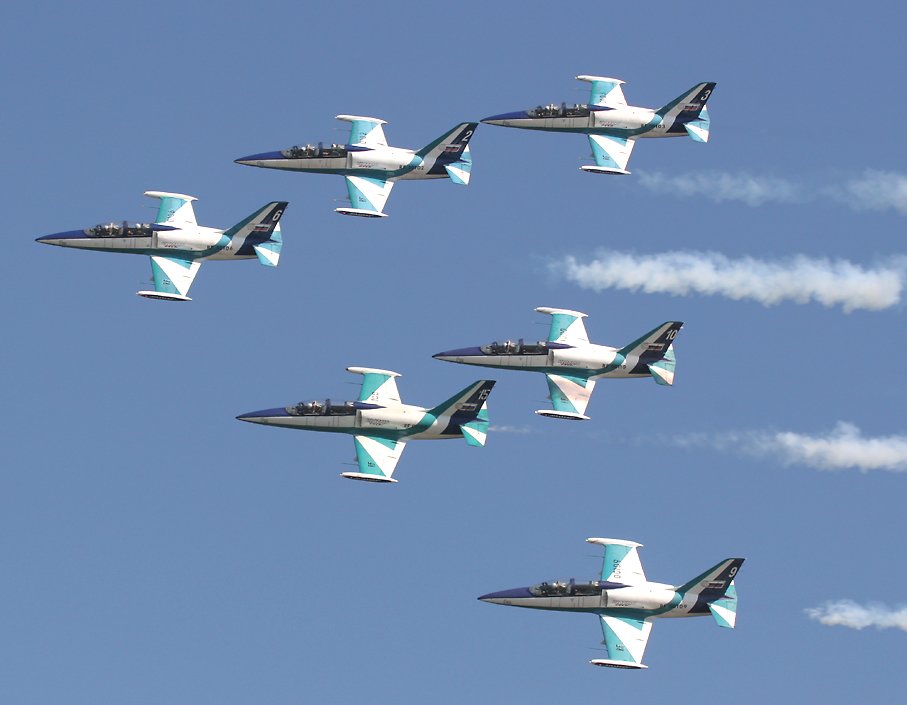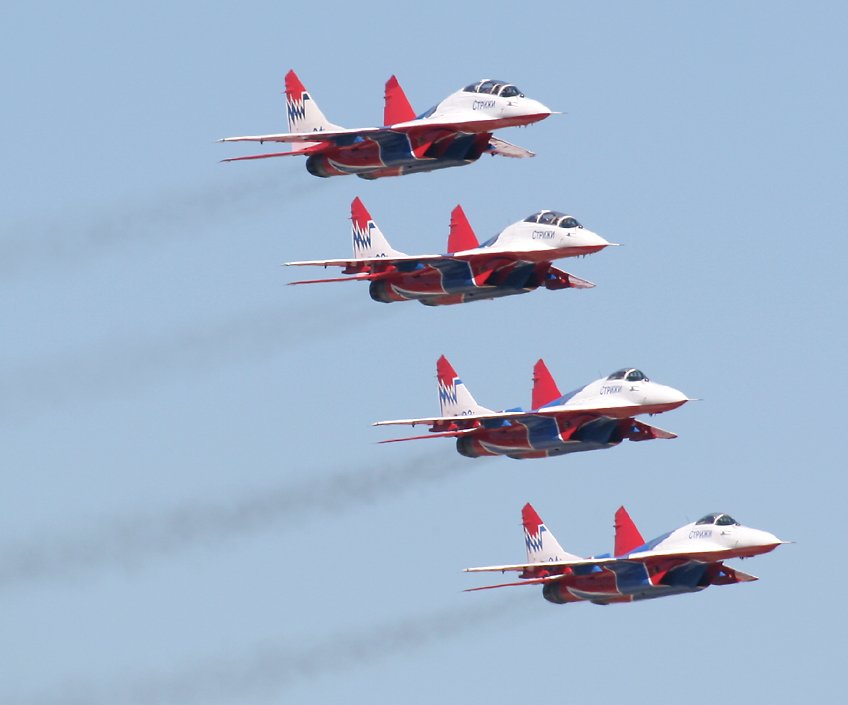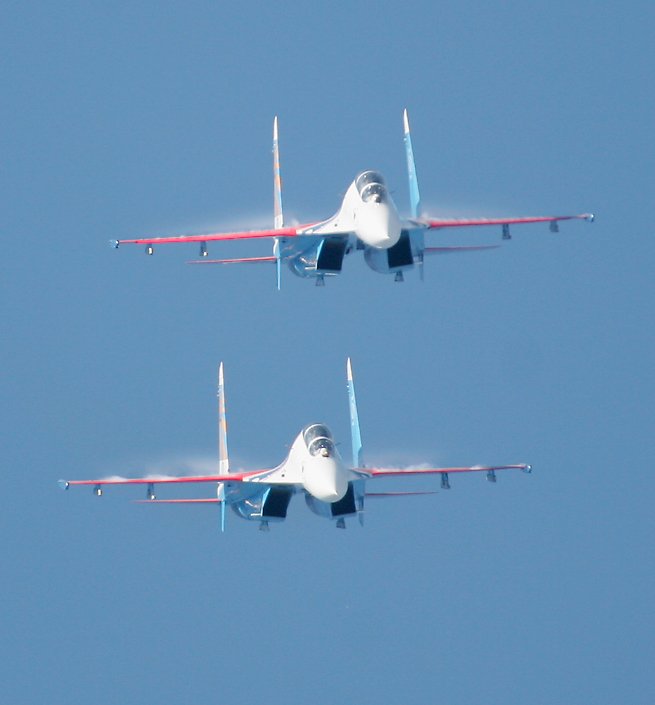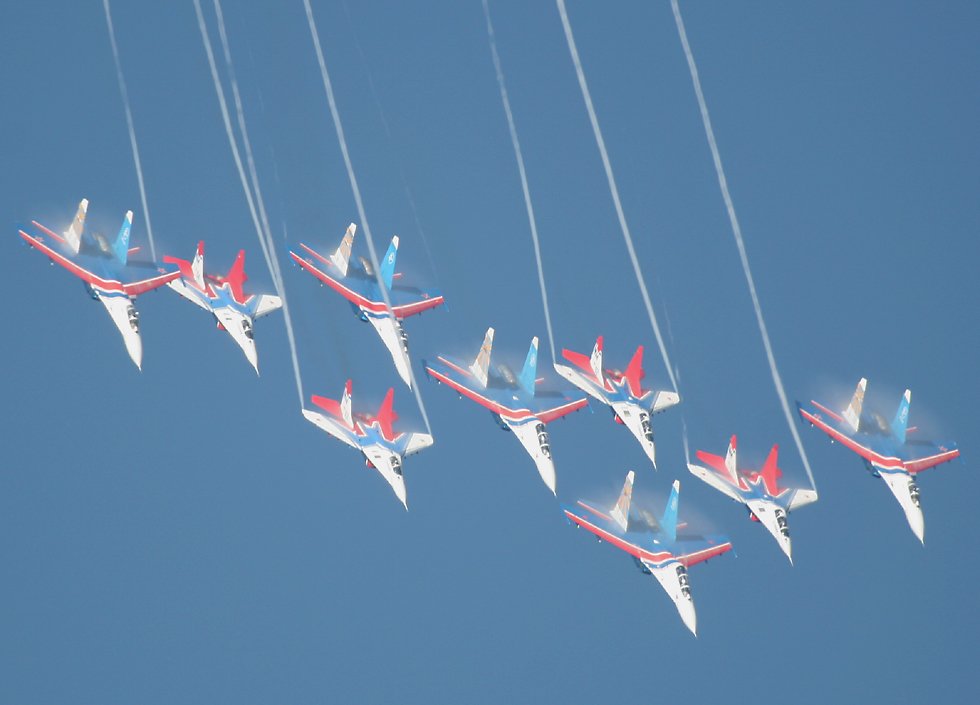Highlights of the 2005 MAKS Airshow
|
The helicopters which displayed were one of the highlights for me. It would have been great to have seen an Mi-24 "Hind', the large helicopter gunship which became so familiar in Afghanistan, but we had to make do with this Mil Mi-8 "Hip", one of the most successful helicopters which has ever been produced anywhere. It dropped a parachute display team from altitude and picked them up afterwards. This photo was shot from the crowd side on Friday afternoon, from where you could see a tantalizing collection of MiG 25 Foxbats and other aircraft on the other side of the runway. |
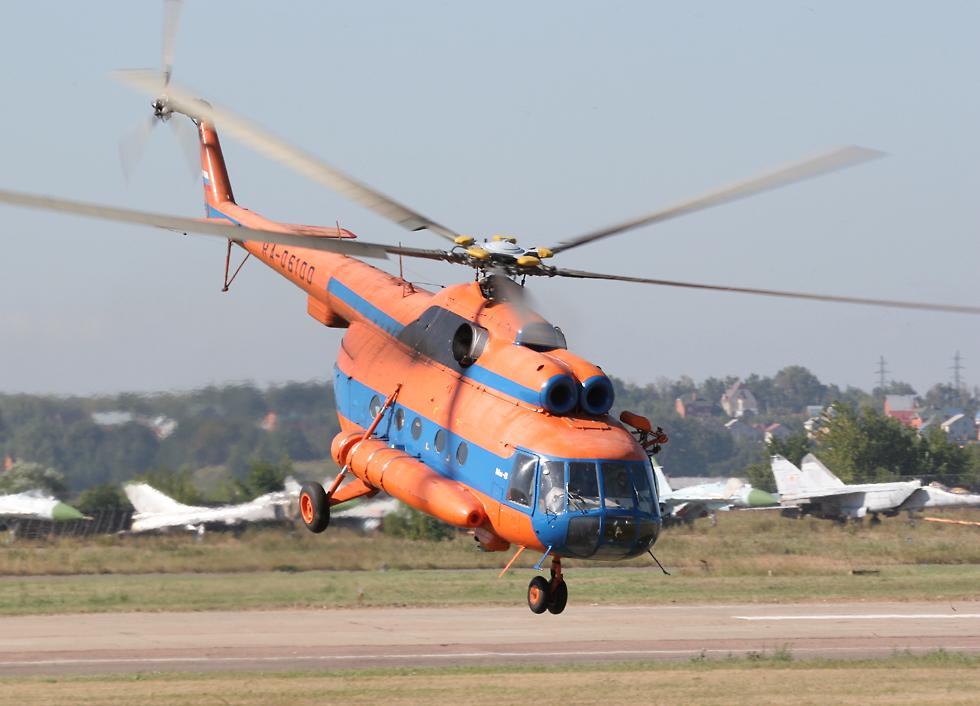 |
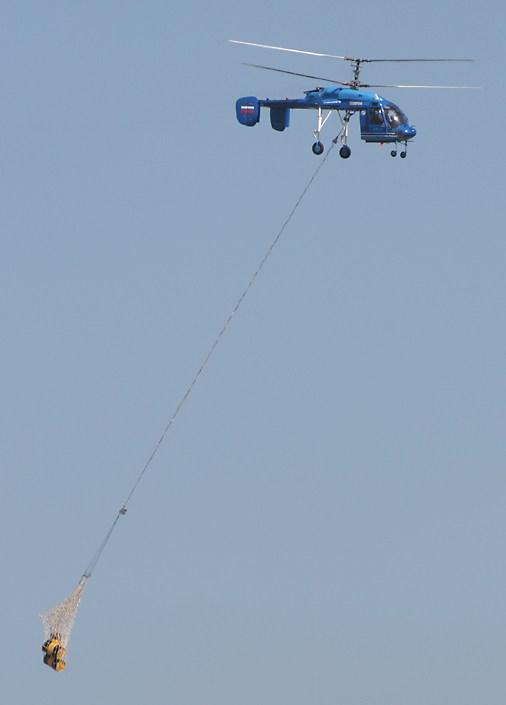
My favourite Russian helicopters are those designed by the Kamov design bureau, which specializes in helicopters with contra-rotating rotors, which don't require the tail rotor needed to counteract the torque created by a single main rotor. The tail rotor requires a significant amount of power, anywhere from 10% to 25% of the total, so a contra-rotating design is inherently more efficient, potentially allowing great lifting capacity and speed, and the lack of a tail rotor is also a significant benefit from the point of view of safety of people operating around the craft. Two different configurations of the Kamov Ka-226 Sergei light multi-purpose helicopter were shown, this one hauling some drums and another one with a rear cabin occupying the space behind the cockpit. The Ka-226 is an update of the Ka-26 "flying chassis" first delivered in 1965. The detachable cabin can be used for medical evacuation or transport of personnel, or other equipment can be fitted for agricultural or other commercial work. |
|
There was other foreign participation at the show, including what might be the last ever demonstration by an Italian Air Force G222 cargo plane, which is due to be retired from service soon. This is always a remarkable show, certainly not one you'd imagine a cargo plane is capable of, and in Russia it at least ended without incident, unlike the G222 accident at RIAT 2002 in the UK. The highlight for me was the first ever performance in Russia by a French Armee de l'Air Mirage 2000 fighter, which was the first delta-winged Mirage I'd ever seen flying. |
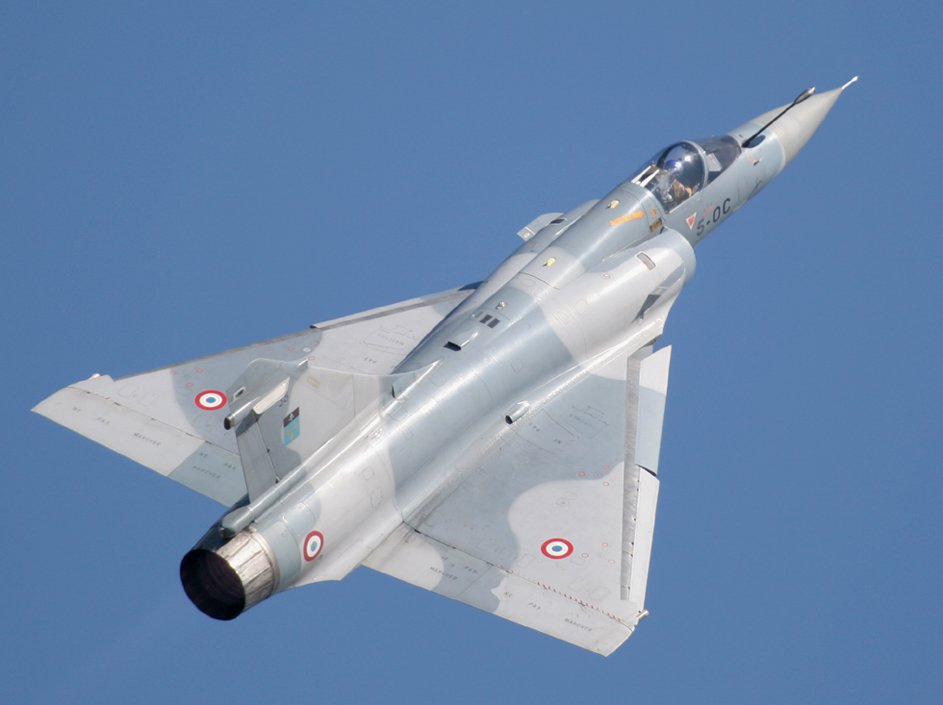 |
